| TALES OF HEATH & POND |
VISITOR'S GUEST BOOK | HISTORY OF THE HEATH & POND | GUESTS' PHOTOGRAPHS | SOURCES OF INFORMATION | VIDEOS | SITE MAP |
Conkers: From Flowers to Conkers
Beloved by school children and wonder things to collect - we have four horse chestnut trees in our garden which we have grown from conkers!
But the story starts in the Spring and I have been photographing the same "candles" throughout the year
See also another series of photographs showing how leaves have formed on the same tree!
To see a larger copy of each image click on it; to see the next large image click at the right of the image, to go back click on the left of the image. To close a large image click on the cross in the top right hand corner.
New photographs are usually added to the bottom of the page - click to go to the bottom of this page
2021 |
||
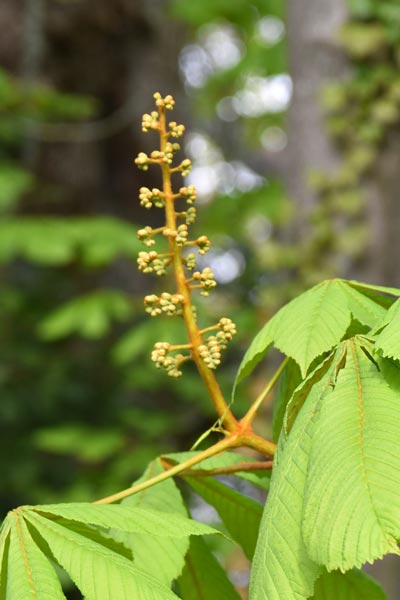 |
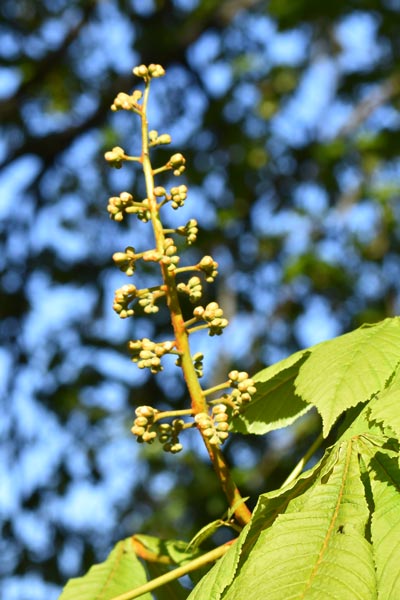 |
|
| 3 May | 5 May | |
What tree do conkers come from? They're rarely found in the UK woodlands but are common in parks, gardens, streets and village gardens - hence why you can find plenty of conkers in the countryside. Conkers (seeds) are surrounded by a spiky green case When was "Conkers" first played? The first recorded game of Conkers using horse chestnuts was on the Isle of Wight in 1848. Conkers are also known regionally as obblyonkers, cheggies* or cheesers. A "cheeser" is also a conker with one or more flat sides, this comes about due to it sharing its pod with other conkers (twins or triplets). |
Can you eat cooked conkers? Do conkers keep spiders away? Can you use conkers to wash clothes? Did Conkers Help to Win the First World War?
|
|
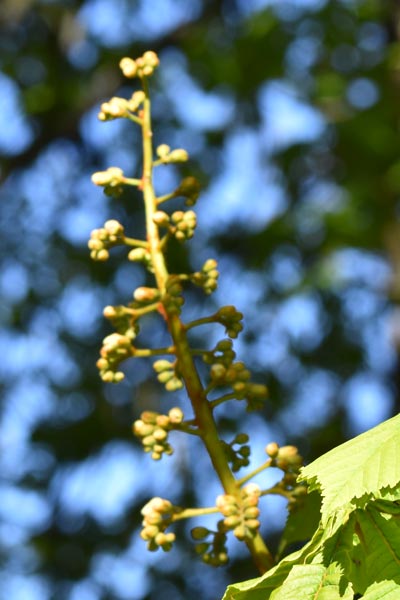 |
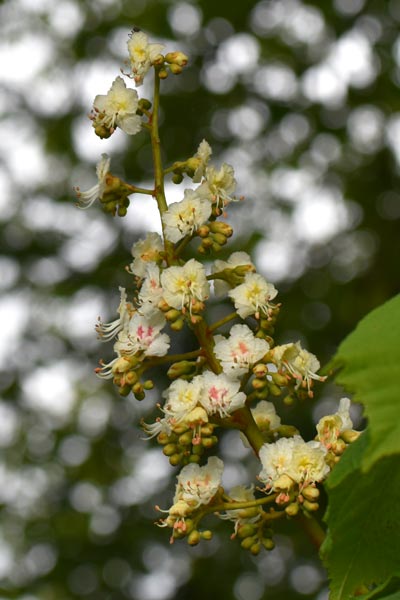 |
|
| 7 May | 12 May | |
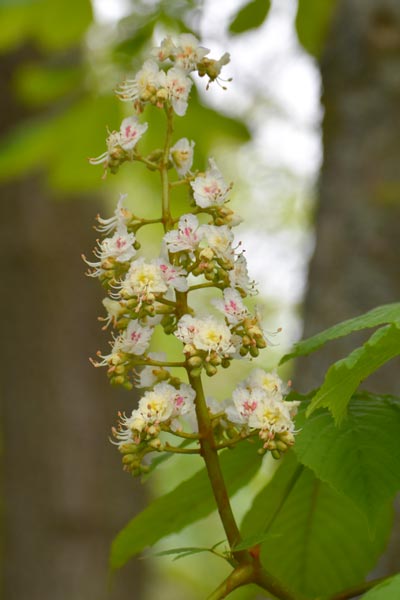 |
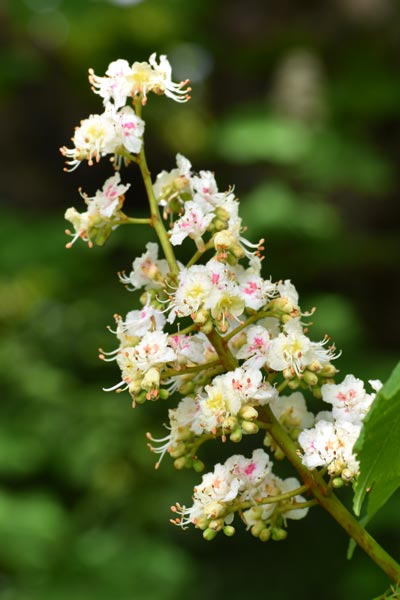 |
|
| 14 May | 17 May | |
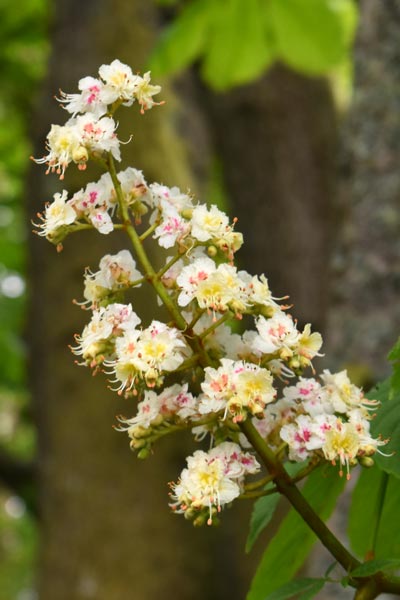 |
 |
|
| 20 May | 22 May | |
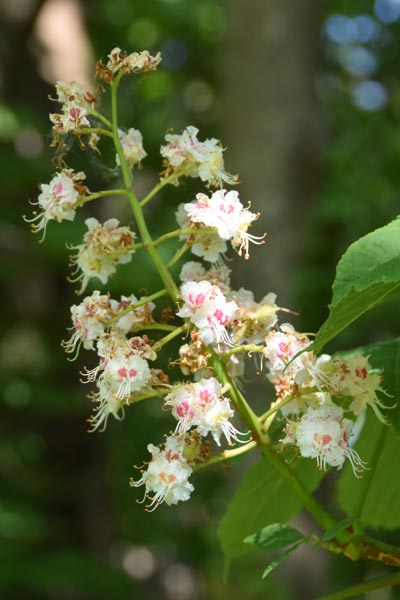 |
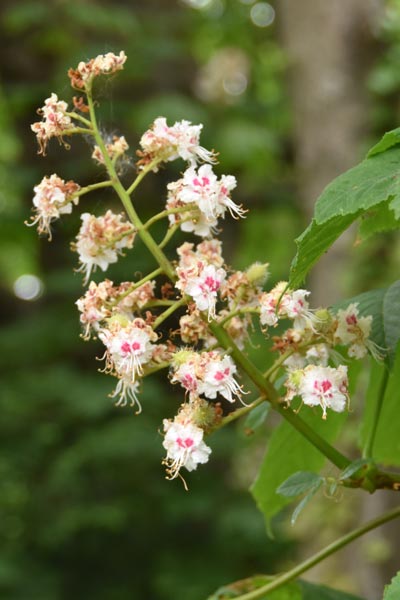 |
|
| 1 June | 3 June | |
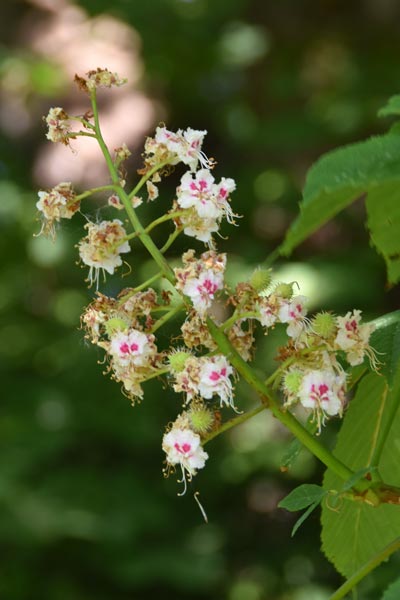 |
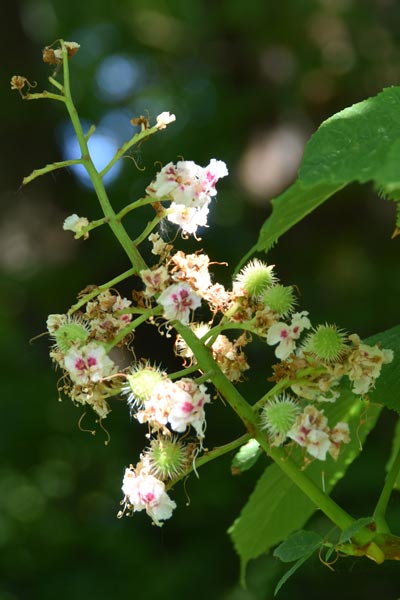 |
|
| 5 June | 8 June | |
 |
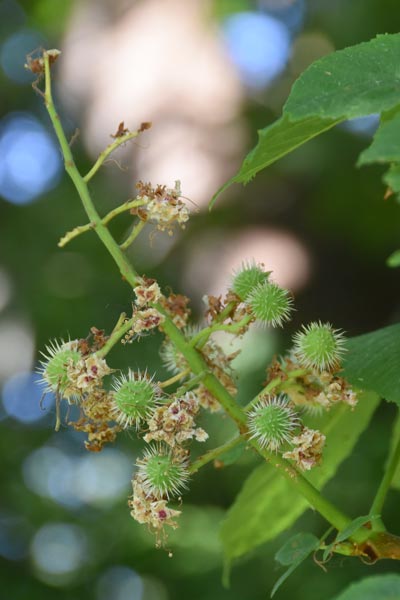 |
|
| 12 June | 14 June | |
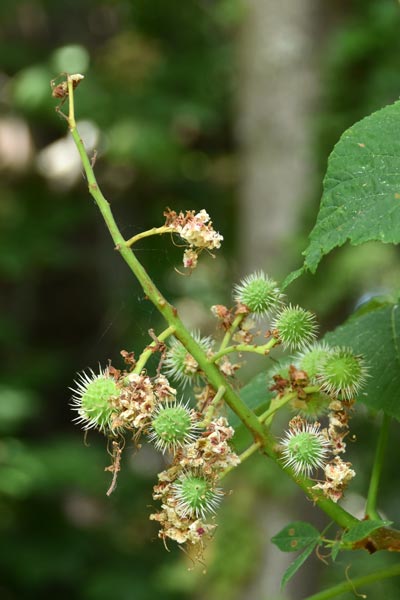 |
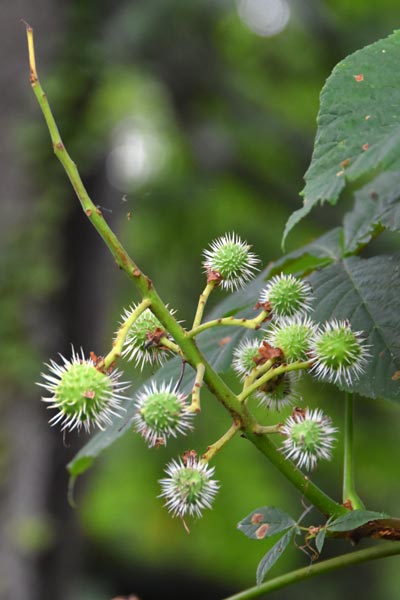 |
|
| 16 June | 19 June | |
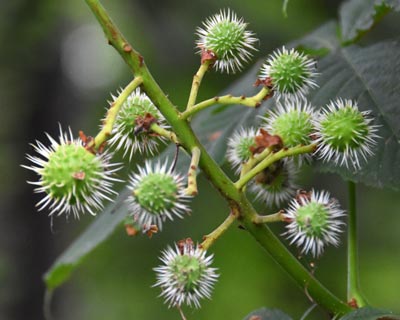 |
||
| 19 June - from now on we'll concentrate on the conkers! | ||
| Go to the top of this page | ||